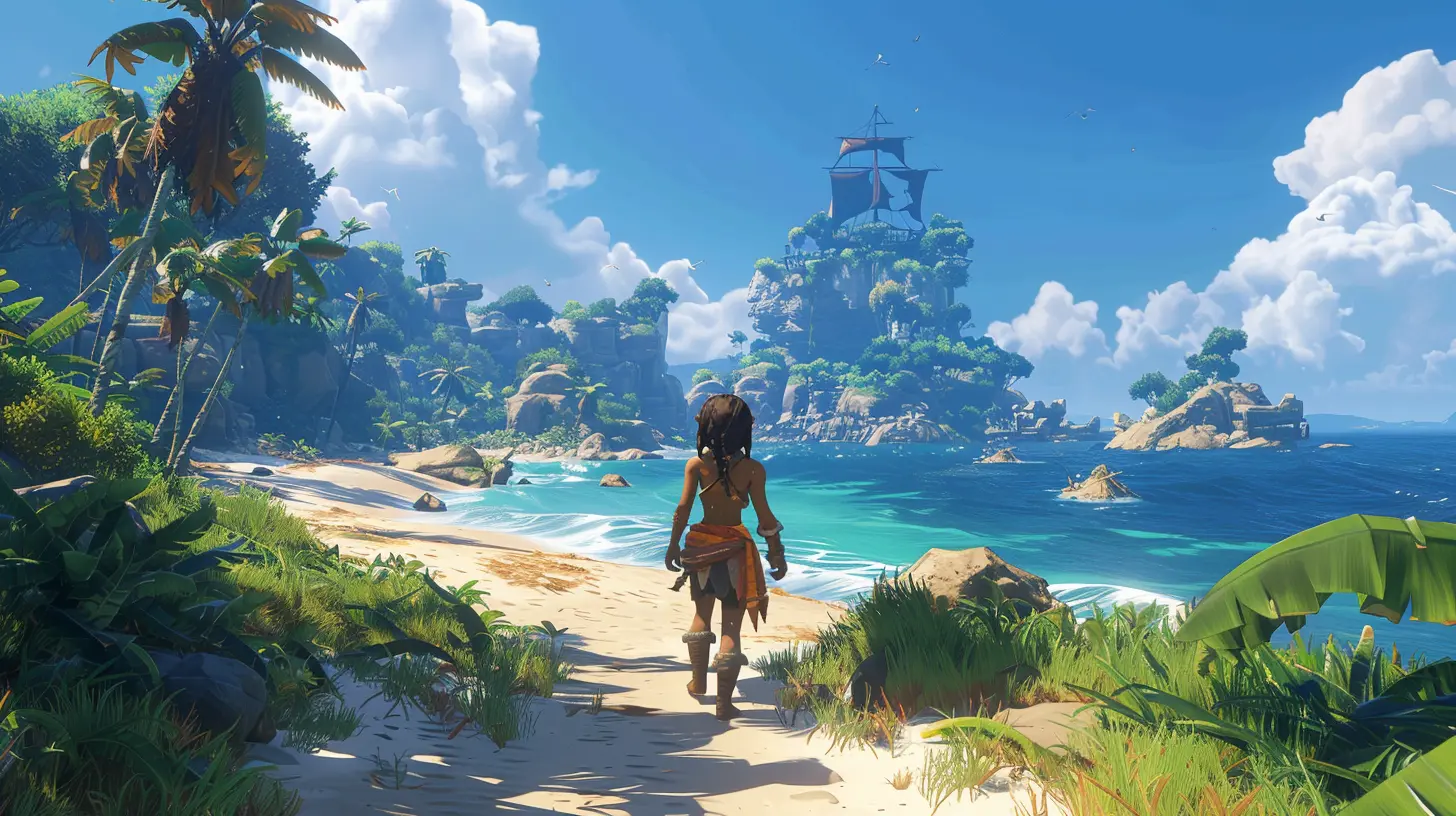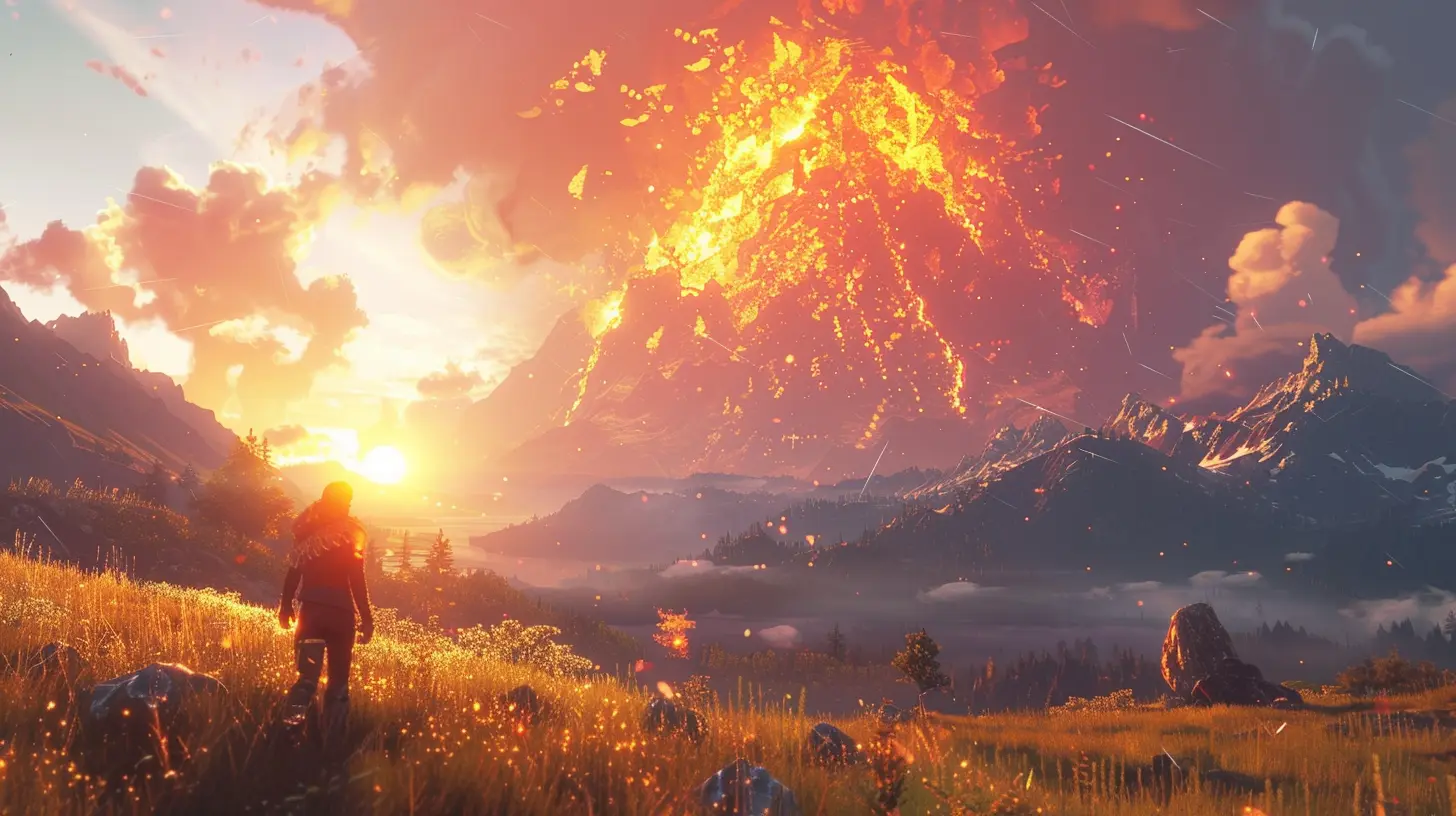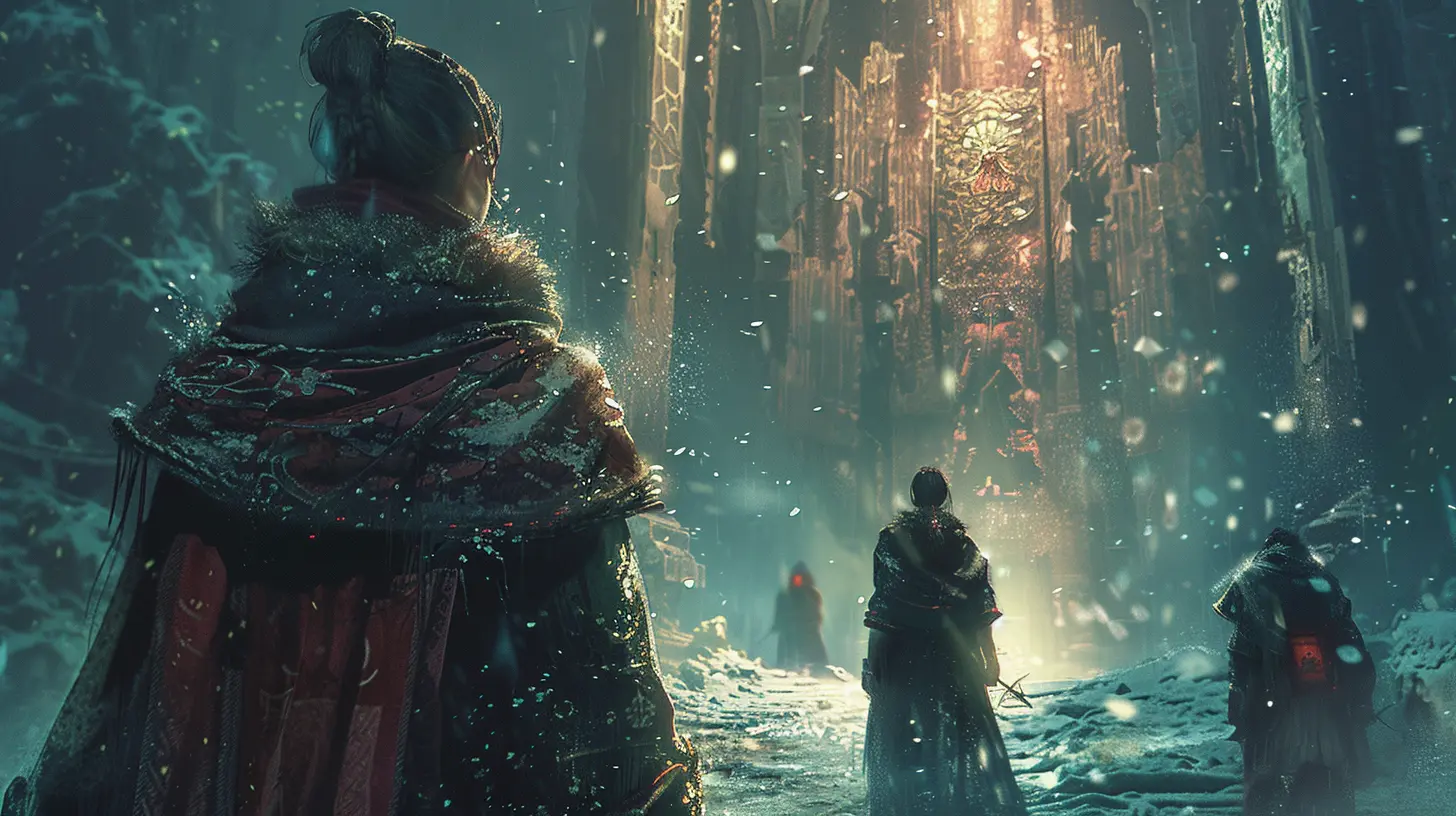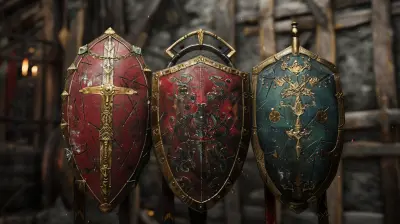3 February 2025
Early access games can feel like hidden treasure chests. You know they’re out there, full of potential, but the trick is finding the ones worth your time and investment before everyone else does. Sure, some early access games end up being duds, leaving you scratching your head, wondering why you wasted $20 on what looks like someone’s college project. But then there are those gems—the Valheims, the Hades, the Stardew Valleys—that explode in popularity and make you feel like a gaming Nostradamus.
So, how do you separate the diamonds from the coal? How do you spot that promising early access title right before it skyrockets into the gaming hall of fame? Let’s dive into the nitty-gritty. 
What Even Is an Early Access Game?
Let's start with the basics. Early access games are titles that developers release to the public while they’re still in development. The idea is that players get to experience the game early, and in return, their feedback helps shape the finished product. Think of it like being part of a game’s VIP beta test.The catch? Early access games are often incomplete. They might have bugs, missing features, or even whole chunks of content that haven’t been implemented yet. It’s a gamble; you’re essentially buying into the potential of the game rather than a finished experience.
But when it works, it works big time. Games like Subnautica initially launched in early access and went on to become massive hits. So, how do you spot the next big thing early? 
1. Check the Developer’s Track Record
One of the easiest ways to gauge if an early access game is worth your time is to look at the developers. Have they worked on anything notable before? Did they previously release a game that garnered decent reviews or a cult following?For instance, if a studio already has a history of delivering fun, polished games, it’s a good sign they might pull it off again. On the flip side, a brand-new developer with zero track record might be riskier. Not saying they’re destined to fail—indie teams have absolutely blown us away before—but it’s something to keep in mind as you weigh the odds.
Pro Tip: Stalk the developer’s social media or official website to see how transparent they are. Devs who regularly share updates, concepts, and honest progress reports often care deeply about their projects. It’s a green flag. 
2. Read the Early Access Description (Yes, All of It)
I know, I know—reading is boring when all you want to do is dive headfirst into a shiny new game. But trust me, the early access description is a goldmine of information. Developers will often outline what’s currently in the game, what’s planned for the future, and their general roadmap.Here’s the thing: you want to look for specificity. If the devs provide clear details about features they’re working on, expected timelines, and what they aim to accomplish with early access, it shows they’ve got a plan. On the other hand, vague promises and wishy-washy goals like “adding content as we go” can be a red flag. 
3. Evaluate the Current State of the Game
This is where you get hands-on. Watch gameplay footage or read reviews from others who’ve tried the early access version. The big question to ask yourself here is: “Does the game already feel fun?”A solid early access game doesn’t need to be perfect or feature-complete, but it should already have a satisfying core gameplay loop. Whether it’s battling enemies, solving puzzles, or building empires, you should be able to glimpse the game’s potential through what’s already there.
If the game is janky to the point of unplayability or feels like a featureless tech demo, it might not be worth your time—at least not yet. First impressions matter, even in early access.
4. Check User Reviews (But Don’t Take Them as Gospel)
Ah, the user review section—both a blessing and a curse. Steam reviews in particular can be super useful, but you’ll need to sift through them with a critical eye.Look beyond the overall rating. A “Mostly Positive” score could mean anything from “This game is amazing!” to “It’s good...if you can tolerate the bugs.” Focus on the specifics. Are people talking about how frequently the developer updates the game? Do they mention whether it’s worth the current price tag?
Also, beware of review-bombing. Sometimes a game gets hammered with negative reviews for reasons unrelated to its actual quality (like pricing complaints or drama surrounding the developer). Dig deeper, and don’t let a couple of salty reviews make up your mind for you.
5. Pay Attention to Regular Updates
Consistency is key in early access. Developers who roll out regular updates—whether it’s bug fixes, new content, or community feedback implementations—are showing they’re serious about finishing the game.Inactive devs? Huge red flag. If the last update was six months ago and their forums are filled with radio silence, that’s a recipe for abandonment, a.k.a. the dreaded “early access purgatory.”
Fun Fact: Games like Hades built tons of goodwill by maintaining a steady stream of meaningful updates, keeping players engaged throughout the early access period.
6. Is It Gaining a Cult Following?
Sometimes the gaming community itself can tip you off to a budding gem. If an early access title is starting to pop up on social media, Reddit threads, or YouTube streams, it might be time to investigate.Games that gain traction early on tend to snowball in popularity as more people jump on the bandwagon. If you start seeing streamers rave about a game or notice it trending in gaming circles, that’s usually a good sign it’s headed for bigger things.
7. Peek Into the Game’s Design Philosophy
This one’s a little more abstract, but it’s worth considering. Does the game have a creative hook or fresh concept that sets it apart from the crowd?For instance, Valheim’s unique blend of survival, exploration, and Norse mythology helped it stand out in a market flooded with generic survival games. Similarly, Hades blended roguelike gameplay with a strong narrative, giving it an identity most roguelikes lack.
If an early access game is bringing something new to the table—or iterating on familiar ideas in a fresh way—it’s got a better chance of succeeding.
8. Trust Your Gut (But Be Realistic)
Finally, don’t underestimate your own intuition. Look, we’ve all been wrong about games before (remember No Man’s Sky’s rough launch?), but trusting your instincts after you’ve done some research isn’t a bad idea.However, keep your expectations realistic. The odds of every early access game becoming a mega-hit are slim. Sometimes a game might not go viral, but it can still be a rewarding experience for you personally. And that’s okay!
Final Thoughts
Spotting a promising early access game before it blows up isn’t an exact science—it’s more of an art form. It requires a mix of research, intuition, and, let’s face it, a little bit of luck. What’s most important is managing your expectations and enjoying the ride.Remember, early access is as much about supporting indie developers and watching a game grow as it is about snagging that big hit before everyone else does. So keep your eyes peeled, your mind open, and your Steam wishlist ready. Who knows? You might just stumble upon the next gaming phenomenon.







Maverick Martinez
“Keep your eyes peeled like a potato in a futuristic salad! If the art style makes you giggle and the devs engage, you might just have gold!”
March 8, 2025 at 4:51 PM